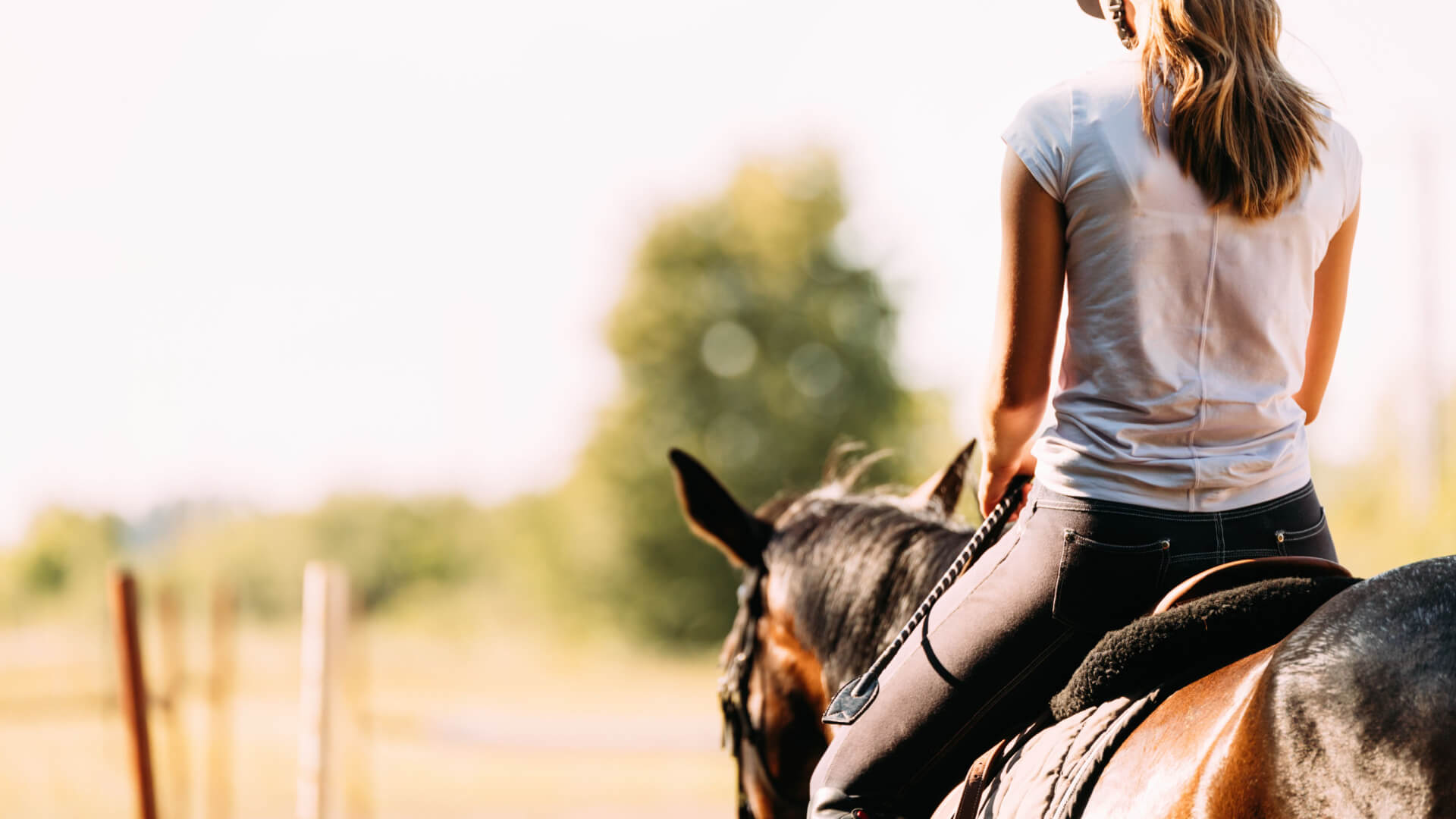March 8, 2024
Are you interested in participating in equine competitions for the first time? It’s natural to feel a bit nervous. While this likely isn’t the first time you’ll be on a horse, it may be the first time you do so in a public venue with many people you and your horse don’t know. In these circumstances, horses can be unpredictable.
Riding a horse competitively is much more than simply hopping on and taking off. New equestrians must navigate the learning curve of balancing on the move, communicating with their horse, and building trust. It takes a good amount of learning and practice to master this sport.
The best way to learn how to ride a horse is to train with a professional. But if you’d like to get a head start before your first riding lesson, here are ten equestrian tips for beginners.
1. Safety First
Always put safety first in horse riding. Start with the right gear – a helmet to protect your head and boots with heels to keep your feet from slipping through the stirrups.
Also, it’s important to know how to approach horses properly. Walk towards a horse from the front or side, where they can see you and won’t get spooked. Be mindful of their space and movements, both on the ground and while riding. Never approach a horse from behind.
Furthermore, remember to stay calm and confident around your horses. Staying relaxed can help avoid accidents.
2. Understanding Horse Behavior
Horses communicate their feelings and intentions through various physical cues. For example, ears pinned back often indicate irritation or anger, while a relaxed horse will have loose, forward-facing ears.
A horse that’s licking and chewing usually calms down and thinks things over, which is a good sign. But if a horse is swishing its tail a lot, stomping, or trying to back away, it’s telling you it’s not happy or comfortable.
Recognizing these signs early can prevent potential issues from escalating. Pay attention to what your horse is telling you to build a trusting and respectful relationship with them.
3. Mounting and Dismounting
Mounting and dismounting a horse the right way is key for your safety and theirs. A basic equestrian tip is to use a mounting block. It reduces the strain on the horse’s back and makes it easier for you to get on.
To mount, face the horse’s side, put your left foot on the stirrup, hold on to the saddle, and swing your right leg over gently without hitting the horse. When dismounting, reverse the process, landing softly to avoid jarring your legs and startling the horse.
If you’re new to riding, or if the horse is taller and not used to being mounted, don’t hesitate to have someone help by holding the horse steady. This makes the process safer and builds trust.
4. Basic Riding Positions
A good equestrian tip is to perfect your riding position. Sitting straight helps you move with your horse and makes riding smoother. Heels down keeps you stable in the saddle, ensuring you stay on if the horse moves suddenly.
Balance is everything, so don’t stiffen up. You can ease into your horse’s movements and allow your body to flex with the rhythm. Control isn’t just about your hands. It’s about using your whole body to communicate with the horse.
5. Steering and Controlling the Horse
Steering and controlling your horse comes down to using the reins, leg cues, and your body weight effectively. With reins, you must apply pressure to direct the horse while keeping communication clear and kind. Doing this helps control the horse’s speed. You can pull back gently to slow down and give more slack to speed up.
Additionally, your legs are for more than support. Squeezing lightly with your calves can encourage the horse to move forward or increase in speed. If you do this while applying pressure with one leg or the other, it can aid in steering. You can also lean slightly in the direction you want to turn the horse smoothly.
6. Walk, Trot, and Canter
Most horses have three basic gaits – walk, trot, and canter. Each has its own rhythm and speed. The walk is the slowest, with a steady four-beat gait that’s meant for warming up or cooling down. It’s the most stable and easy to manage, making it perfect for beginners to get comfortable with riding.
The trot is a two-beat gait where the horse’s diagonal legs move together. It’s faster than a walk and introduces a bit of bounce. Riders must learn to “post” or move up and down in the saddle in rhythm with the horse to maintain comfort and control.
The canter is a three-beat gait that’s even faster and requires more balance and control from the rider. It’s a smooth, rolling motion that feels like a rocking horse.
To transition smoothly between gaits, start with clear, gentle commands. Use a combination of leg pressure, rein adjustments, and voice commands to communicate your intentions. Practice makes perfect, and with time, you’ll be able to transition between gaits much more naturally.
7. Basic Riding Equipment
Every rider needs to start with the right gear: a saddle, bridle, and grooming tools. Make sure your saddle fits you and the horse well for optimal comfort and stability. The bridle should also fit well to avoid causing the horse any discomfort.
Your horse’s body can change over time, and ill-fitting equipment can affect their mood and performance. A good tip for new equestrians is to check your equipment fit regularly and swap them out as necessary.
8. Grooming and Care
Grooming a horse is essential for its health and the horse-rider bond. Here are some tips for equestrians that also apply to grooming and care.
- Always use a horse-specific shampoo to bathe your horse and remove deep-seated dirt and sweat.
- Regularly comb through the mane and tail to prevent tangles.
- Apply fly spray to keep insects away from your horse, especially in the summer.
- Closely inspect your horse’s skin for any signs of irritation, lumps, or injuries.
- Adjust your grooming routine according to the seasons.
- Pick the hooves to remove debris and mud to avoid infections.
These simple equestrian tips are key to a happy horse and a better riding experience. Grooming makes your horse more comfortable with handling, which is great for your riding relationship.
9. Building a Relationship with Your Horse
Establishing a strong relationship with your horse is as important as mastering riding skills. We’ve compiled some horse riding tips to help you achieve this.
- Spend Quality Time Together: Not just riding or grooming, but simply being around your horse helps build a strong bond.
- Be Consistent: Handle your horse the same way every time. Horses like knowing what to expect because it makes them feel safe and trust you more.
- Use Positive Reinforcement: Reward good behavior with treats, pats, or kind words (tones). This makes your horse associate you with good things.
- Understand their Signals: Pay attention to what your horse’s body language is telling you. Responding correctly builds trust.
- Be Patient: Good relationships take time. Celebrate the small wins and stay consistent.
Contact Gladiator Equine for Healing Products That Can Help Your Horse
Once all is said and done, it’s important to understand how to keep your horse healthy. You can’t compete if they’re injured and/or taking too long to heal. If this describes your horse, Gladiator Equine is here to help.
Our advanced products use quantum physics to offer the best FIR solutions for inflammation, injury recovery, and wound healing in horses. Additionally, our devices can help calm and relax your horse, boosting training results.
Choose Gladiator Equine for care that leads to championship outcomes. Contact us today and see how our technology can change the game for your horse’s health and performance.


